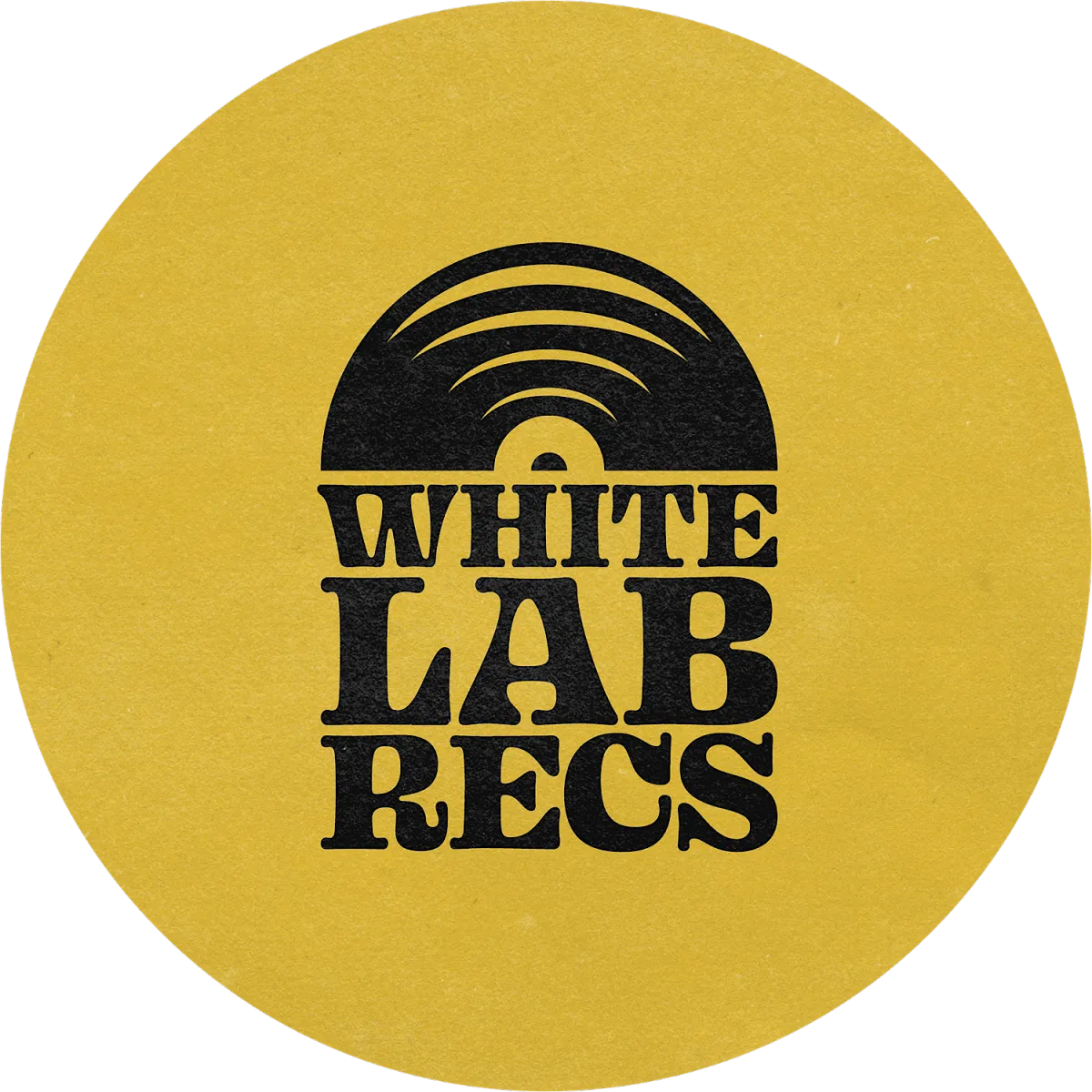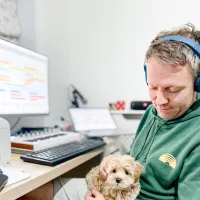Blog
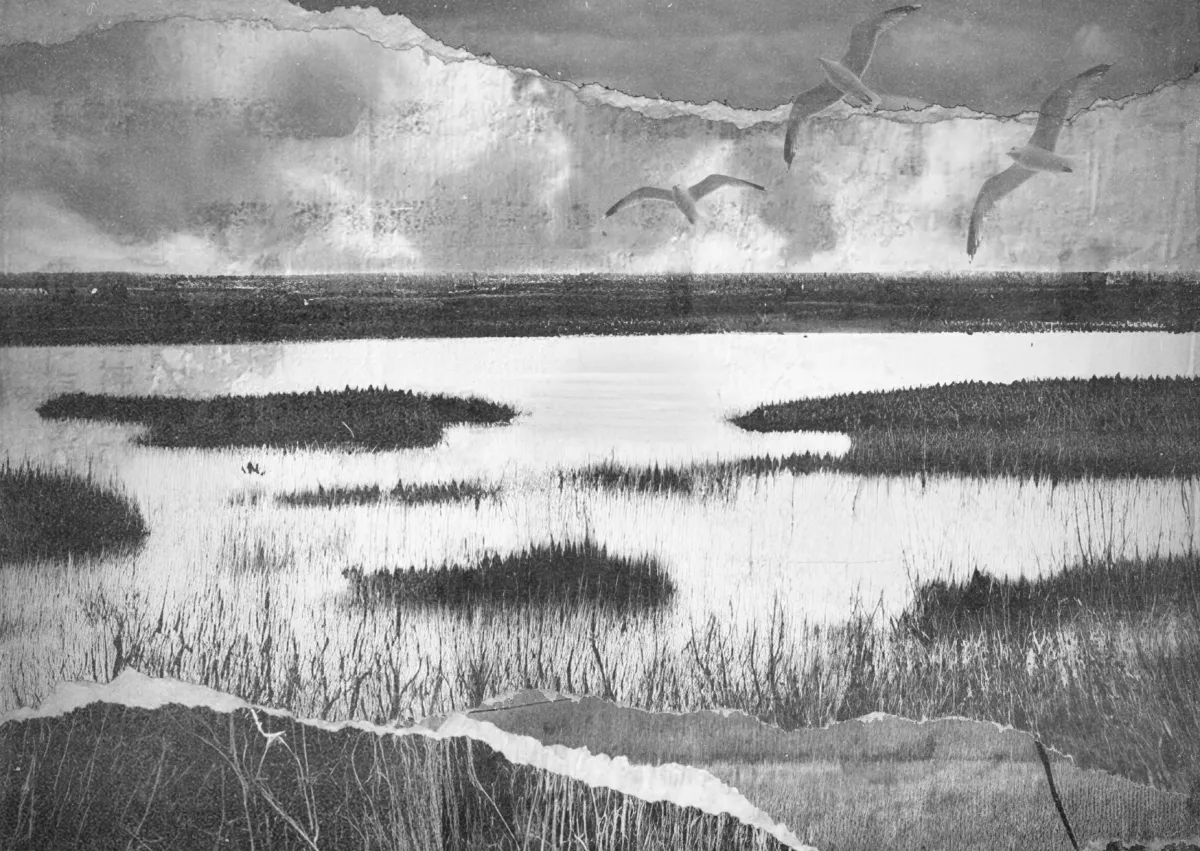
Behind the Scenes With: Adrian Lane
A window into the art and design process behind Adrian Lane's 'Vignettes'.
Last weekend we released Vignettes by Adrian Lane, an expansive new album from this British composer and his third physical release for Whitelabrecs. His music feels intrinsically linked to visuals which obviously brings up the word 'cinematic' to mind. But there is always an a strong artistic thread running through all of Adrian's releases and this is because Adrian often tends to create his own artwork to accompany his music. Aside from composing, he also paints and is an art teacher by day. Our label owner Harry Towell caught up with Adrian, firing a few art-related questions his way, so that our readers can get a deeper insight into the photomontage imagery he created for Vignettes.
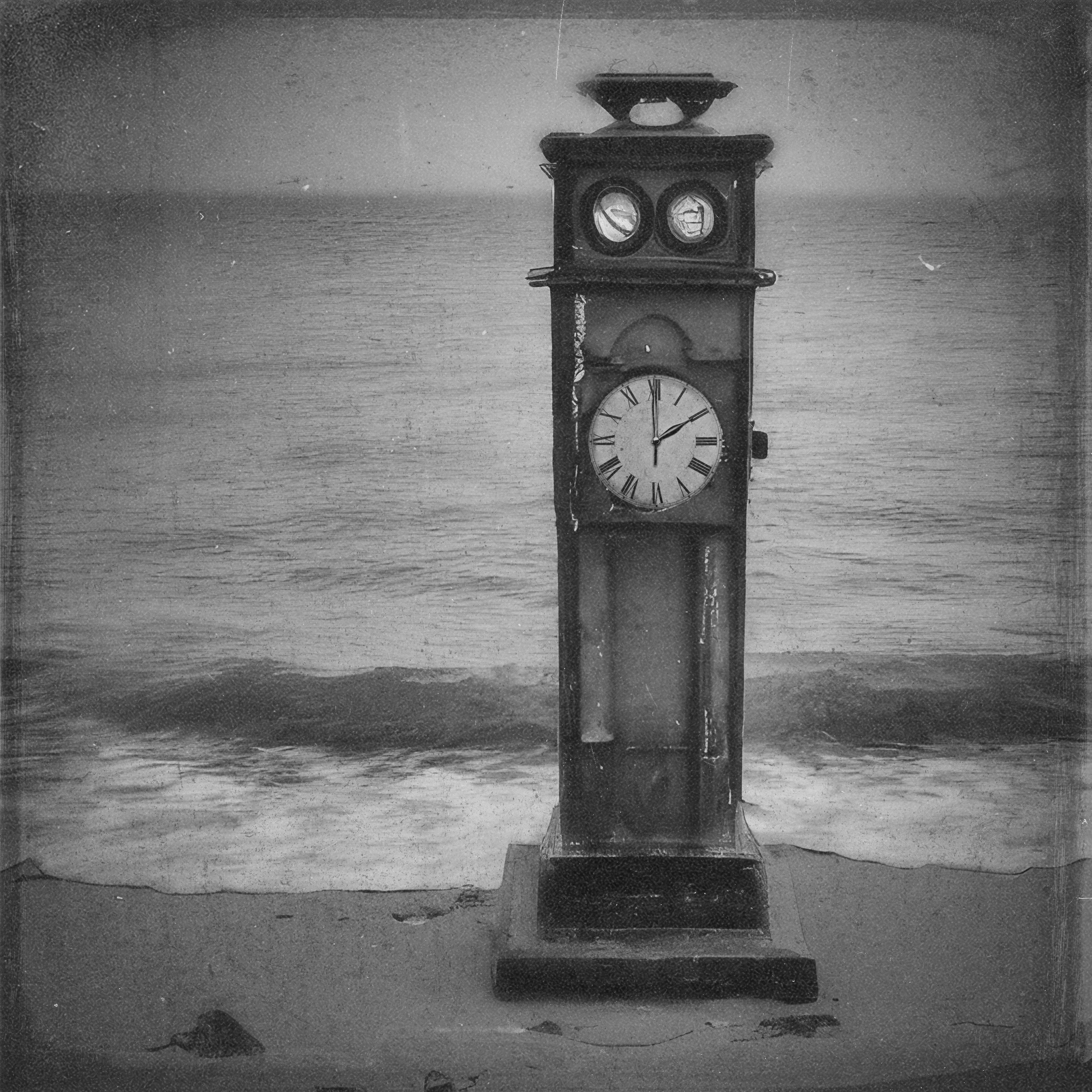
HT: The photomontage artwork you’ve created differs from some of the painting techniques you’ve used in your previous albums. What made you try this approach?
AL: "I produced a lot of montage work about 10 years ago and some even earlier when I did my degree, I incorporated a lot of collage elements in my work, so it was an approach I was quite familiar with. Recently I started experimenting with photomontage again, mainly just for fun, and I produced quite a few images that I felt would work as album covers. When it came to considering what artwork would work for the cover for Vignettes, these montages seemed to be a good fit."
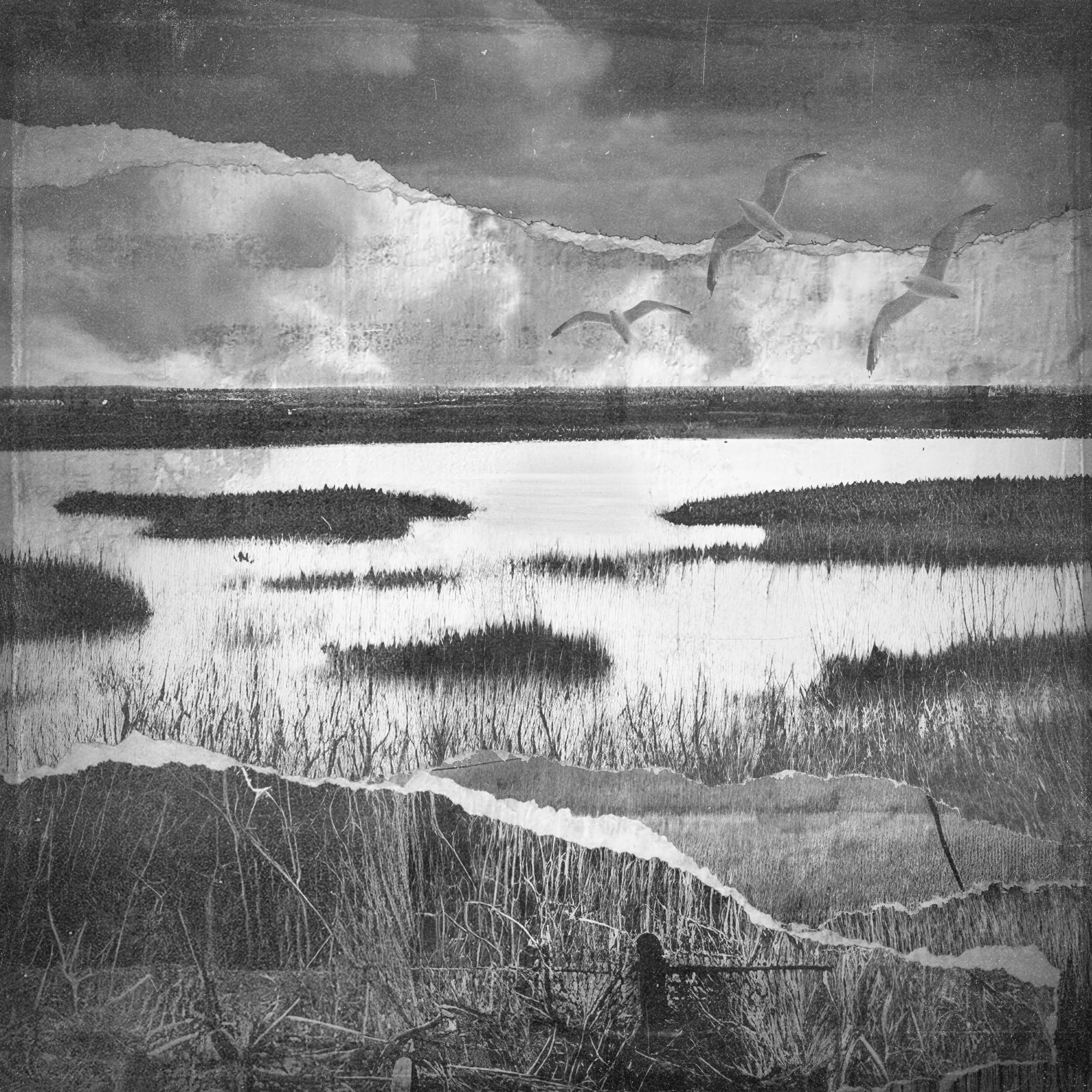
HT: Could you explain what process you followed to create the images used in your artwork for Vignettes? Was it all digital? Or was there some printing, scanning etc. involved?
AL: "The final stage of each montage is all digital, but they combine a variety of elements, some of which are also digital and others which were created physically. For example, the front cover image has digitally produced images but also elements of my paintings where I photographed close-up parts of the canvas. The ripped paper effect was created by ripping strips of paper and then scanning these and adding the photographic image to the ripped part, so that it appeared that the photograph had been ripped up. There are other montages, not used in the cover, where the main elements are created physically and then scanned, before then manipulating. The eroded texture of each image was created by adding many layers of dust and scratch effects, often 10 or so layers with each set to a very low opacity, so that a unique texture eventually builds up."
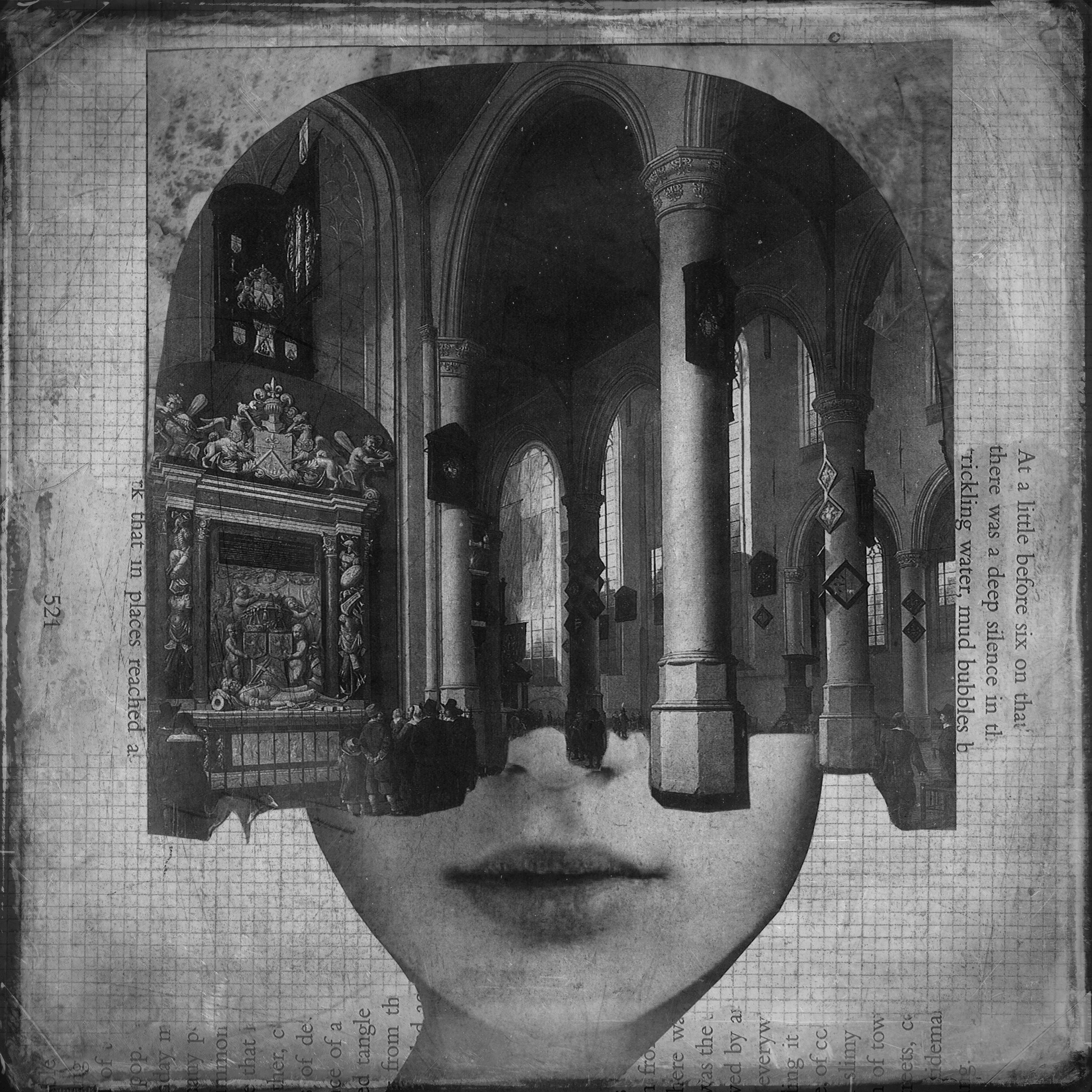
HT: I understand that AI was also used as an element to the artwork used in Vignettes. How did that work?
AL: "About 18 months ago I discovered AI image generation and was curious to how it could be used in an artistic context, as part of the design process, rather than as an end in itself. As I usually use a mixture of my own photography, and found imagery in the montage work, it occurred to me that I could use AI to create alternatives to the found imagery. I then played around with inputting various prompts and building up image banks of collage material, which I sometimes print and rip up and other times use digitally in Photoshop. Therefore, although AI has been used, it is only part of the process and the work that is produced is very different to the AI output."
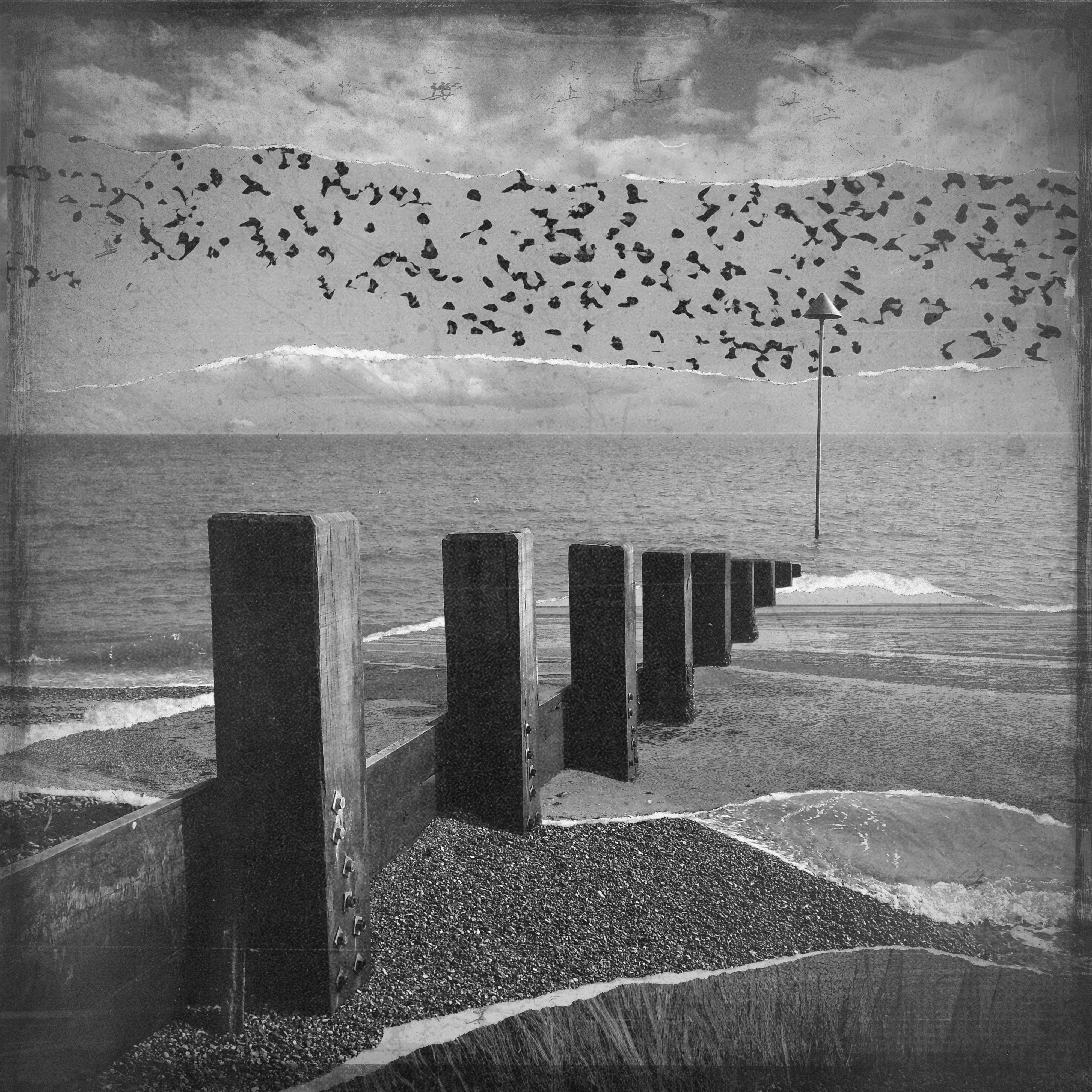
HT: Aside from being a musician and artist, you’re also an art teacher. Is AI part of the curriculum, or is it something you see featuring more in art lessons in schools? What are your views on using AI in art (including music)?
AL: "I have explored AI in lessons, as a way of generating ideas but not really in terms of creating pieces of artwork in terms of the AI generating the end result as I think that would question authorship. The way I used it in class, was when we were exploring Dada cut-up text techniques, I asked the students to input the cut-up sentences as prompts to see how AI reacted. The idea was the students would then react to those AI generated pieces in their own paintings. The problem I found was that the AI wasn’t actually that creative and what it came up with was often quite dull where it seemed to ignore the bulk of the prompt. My own view of using AI in art and music is that it should be used as a tool to inspire and allow the artist to be creative. The question of authorship comes up if a prompt is put in and then what is created is presented as the art with no further artistic input. AI can be used in other ways that can be used very creatively, for example, I have experimented with timbral transfer, where an audio signal of one instrument is then analysed by the software and turned into the sound of another instrument. Currently, this software is in its infancy, and doesn’t work very convincingly, but to an extent that can be the interesting thing, where strange sounds can be generated. With this software the artist is still creating all the musical content in terms of note, duration, velocity but is then using AI to turn the sound/timbre into something new."
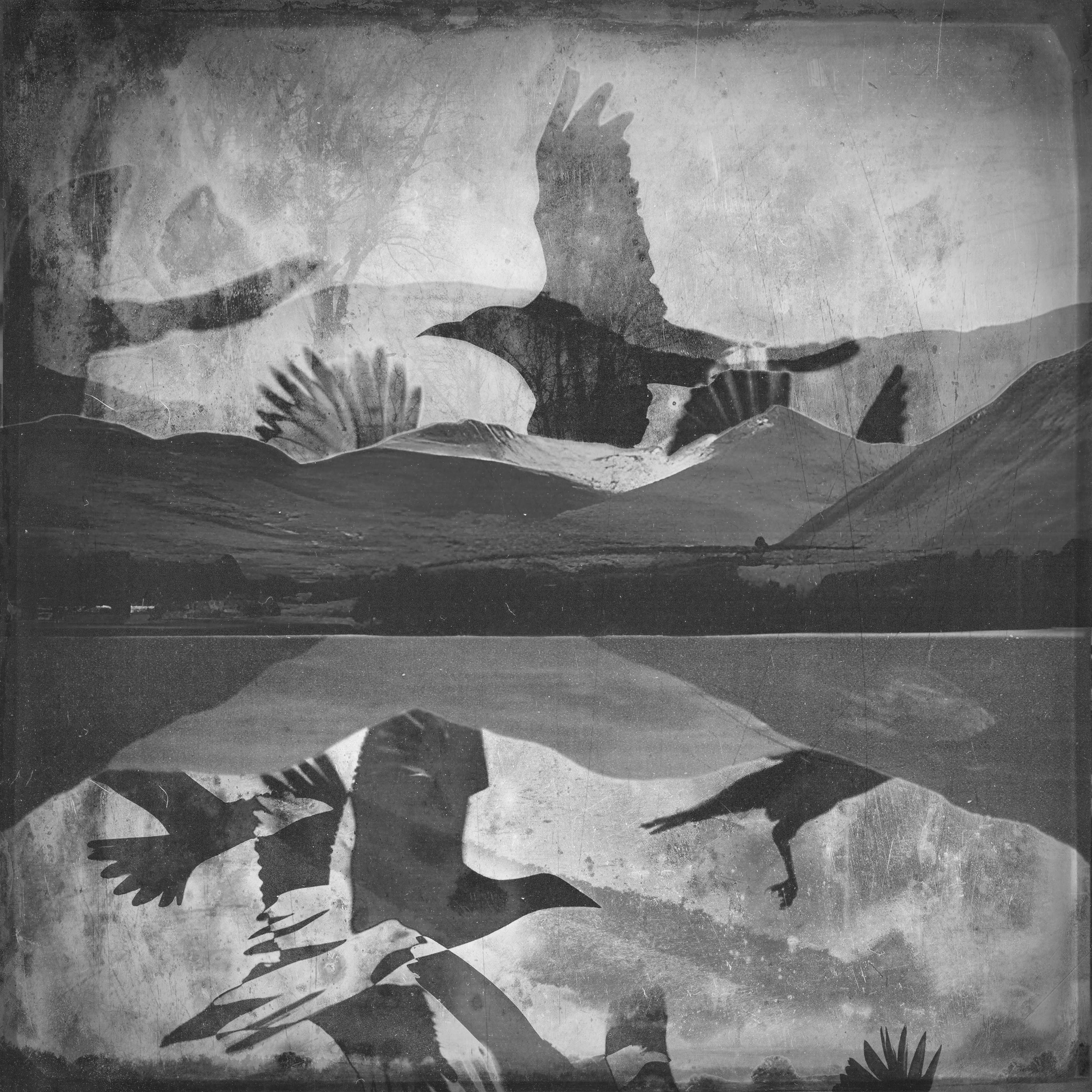
HT: You cited Haiku poems as an influence on the concept for Vignettes. Could you share more with us on this? For example, did you write or find a haiku for the tracks as part of the process?
AL: "Haiku has interested me since I was a teenager, and although I have dabbled, poetry is not really my strength. However, I do find haiku inspiring, the way that an impression, mood and emotion can be created in so few words and sometimes use these as starting points for a track. Naviar Records run a weekly haiku challenge, where they post a haiku and challenge artists to write and record a piece in 7 days, and I have taken part in that."
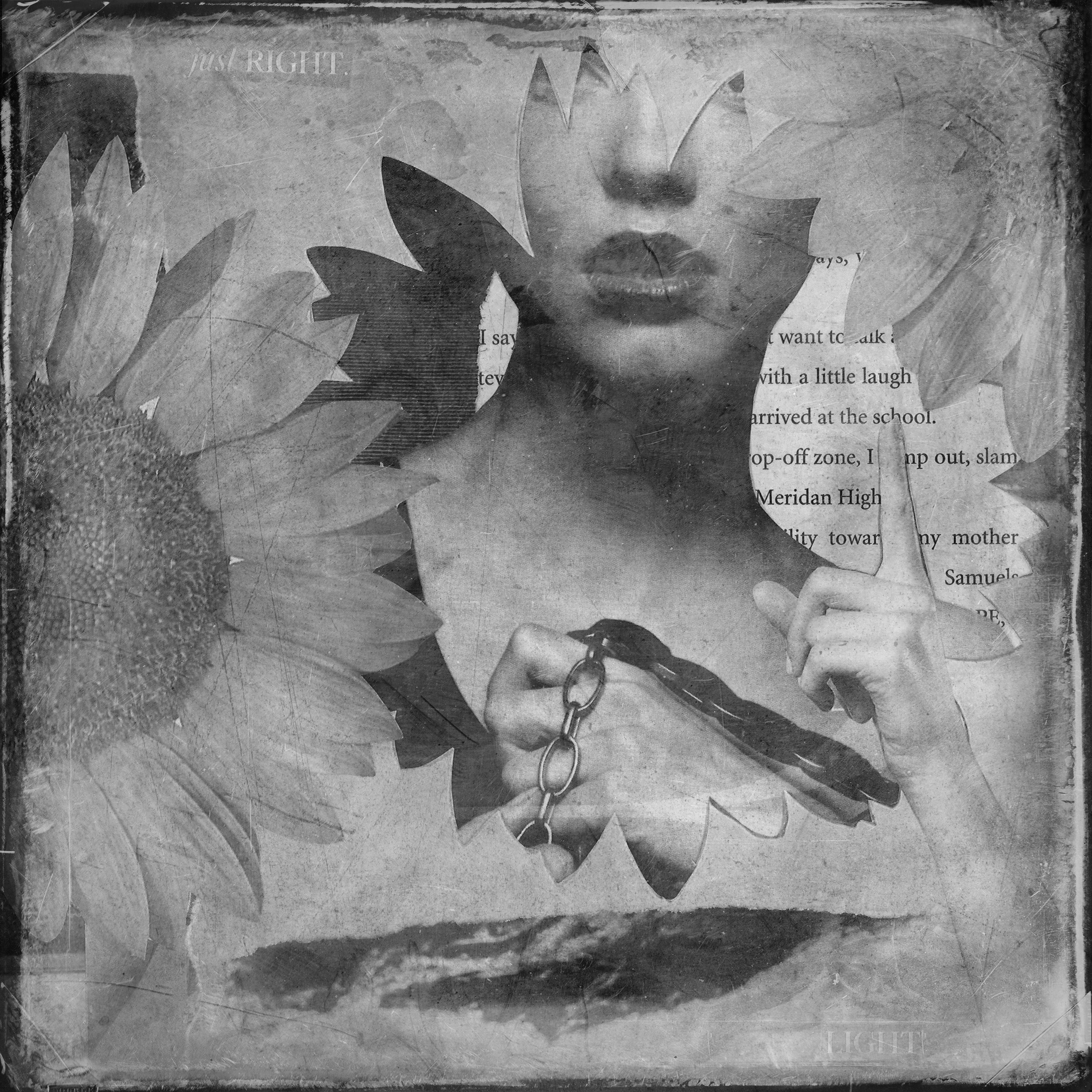
HT: What are your plans in art beyond Vignettes? Have you got more music on the way, or are you working on any new art techniques?
AL: "I have several albums in progress, where I tend to work on groups of tracks that have a common sound palette or concept. I have an upcoming release on the German label Oscarson, who released my collaboration with Glacis last year. In terms of my visual art, I have some paintings on the go that will be put into the gallery I share with 7 other artists. Having the gallery helps to keep me motivated to keep producing new work so I usually have a couple of paintings on the go at any one time."
'Vignettes' is available now in a highly limited run of 100 gatefold vinyl-effect CDrs and in various high-quality digital formats. You can order your physical (whilst stocks last) or digital copy today by clicking HERE!
Subscribe and stay tuned
©2024 Whitelabrecs
